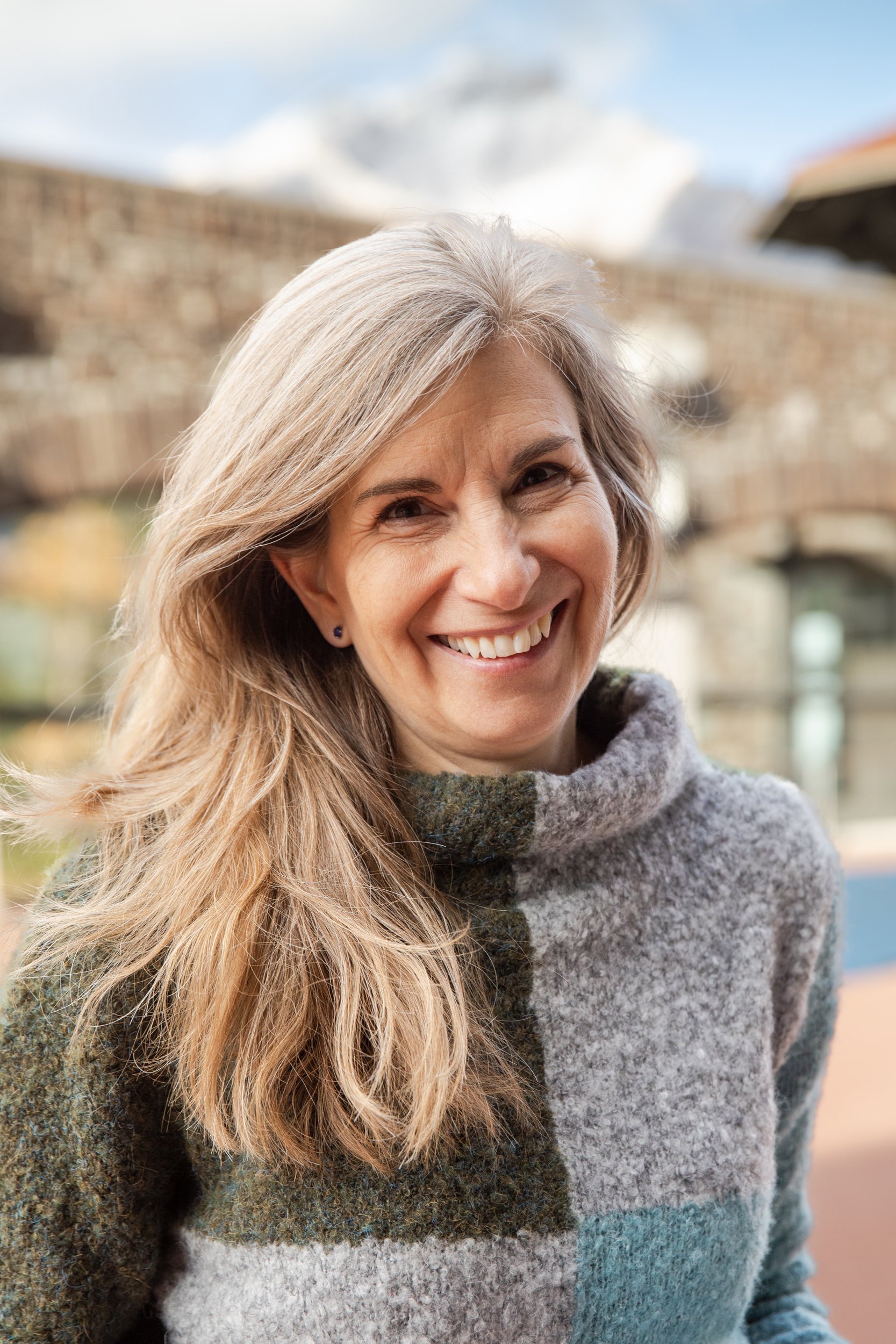The Resilience Institute
The Resilience Institute
WORDS BY TRAVIS KLEMP
PROFILE
The approach to combating or quelling the impact of climate change around the globe differs in scope and practice at almost every step. There are those who have the resources to make significant change at community, national and international levels but refuse to. There are also organizations which take a more directed, ‘western approach’ to the climate crisis which involves a top-down, profit-driven methodology.
Laura Lynes, looking at their “Art of Climate Change’ program displayed at the Cave & Basin Historical site in Banff, AB.
However, as Laura S. Lynes, the Co-Founder and President of The Resilience Institute explains, there is an alternative approach, one that includes local and community-driven ideas, ways of knowing, ceremony, and guidance.
“If we are really going to transform the way we as humans are living, that is going to require a reset of values. The holistic values that we see from Indigenous communities is a perfect example,” says Lynes.
Noreen Plain Eagle, Piikani Lands Manager and our host, examines a piece of grass grown inside the collaborative greenhouse.
For The Resilience Institute, a charitable organization based in Alberta focusing on working with vulnerable populations to develop community-led directives, it is about bridging the gap between resources and communities that may not have the capacity to stare down climate change with a focused plan.
“If you don't have the agency to tap into your own resiliency, you are probably not going to have a resilient community"
Created in 2014 by Lynes and co-founder Dr. Shawn Marshall, the name of the organization itself gives a clear view of the values Lynes speaks of.
“We approach resilience from two different angles, personal and community. As people, if you don’t have the agency to tap into your own resiliency, you are probably not going to have a resilient community,” Lynes goes on, “the more we can tap into people’s natural ability for resilience the more we can build resilient communities.”
Students of Piikani Nation Secondary High School and volunteers plant trees on the school grounds. An initiative in collaboration with The Resilience Institute.
And this is where the bridging of the communities to The Resilience Institute really begins. Whether it be adaptation planning, mitigation planning, or education and train-the-trainer programs, it all begins with helping an individual realize their innate resiliency.
“Indigenous communities have eons of knowledge and information that is local and value based. It is a different perception of how you tackle challenges."
For some Indigenous communities, Lynes says she and the members of the communities she works for focus on the weaving of Indigenous knowledge and ways of being with science and education.
“There are two reasons why we take this approach. First, Indigenous communities have eons of knowledge and information that is local and value based. It is a different perception of how you tackle challenges. Then there is the wicked challenge of climate change and water, energy, or food insecurity. And it is happening so fast that local knowledge is not enough to be able to tackle it,” says Lynes
Laura and Noreen discuss the flood risks at the River Valley within Piikani Nation.
Lynes explains that the rapid reach of climate change on Indigenous communities requires more than just scientific fixes. It is the weaving of technical resources with the knowledge of the land, people, animals and the value system within Indigenous communities.
One example of a reset of values when working with the land we all share, is the ceremonial approach to medicine picking with Elders. Lynes explains that one of things The Resilience Institute is looking at is the carbon sequestration properties of sweetgrass and the soil on particular First Nations land.
Rather than just going onto sacred land, picking sweetgrass and examining it, there is an important and essential process that must take place throughout.
“There is an Elder who will do a transfer ceremony, honouring the plants, honouring the soil, this will include offering protocol, likely tobacco. It may also have a prayer, a song around it to honour the process of taking from the land and giving to the scientists so they can analyze it,” explains Lynes.
But this tangible example of weaving and a holistic approach does not stop there. The scientific team then returns to the community and shares its findings in a field day with youth and land staff, as well as staff from the school.
Brett, Piikani Nation Secondary High School science teacher, explores the greenhouse that was built in collaboration with The Resilience Institute and the local high school.
Part of the high school program is exploring the differences of health between various approaches to growing sweetgrass; inside a greenhouse, outside, and with and without a ceremonial tobacco offering.
The batch grown with a ceremonial tobacco offering was noticeably healthier.
This process is one that can and should be taken in all areas of research. To include individuals with vast knowledge of the very topic being pursued without the lens of academia is invaluable to the researcher and to the land, air, and water trying to be protected.
Lynes, Marshall and The Resilience Institute’s goal is to provide whatever vulnerable populations say they need, to put it simply. They identify issues with communities, meet them where they are at and work with them on whatever is most pressing. This often includes local early-action plans which helps to identify what needs to be looked at first in the context of climate change.
One example is work being done with the Piikani Nation in southern Alberta. The Building Climate Resilience program is a multi-year, multi-faceted initiative which includes developing a greenhouse program with the school that incorporates cultural revitalization and facilitates the opportunity for Elders to share their knowledge with the youth about traditional foods and medicine.
William Big Bull, Piikani Elder and translator working with the traditional Blackfoot language, talks with one of the high school students.
Similarly, youth down the road in Kainai First Nation, also known as the Blood Tribe, took part in the Art of Climate Change program in which they looked at climate change through their perspective and worked with a local, Blackfoot artist to develop their narratives. This was one of three installations on display at the Cave & Basin Historical site in Banff, AB.
A portion of the art displayed through the ‘Art of Climate Change’ program at the Cave & Basin Historical Site in Banff, AB.
Outside of Indigenous communities, another vulnerable population that the institute works with is Seniors. The Fire and Ice program included close to 250 seniors who learned new knowledge about climate change risks such as wildfire and water security through glacier melt from scientists. Participants also took field trips focused on these themes to capture images and inspire essays which became part of an exhibition at the Canmore Public Library as well as the Cave & Basin Historical Site that an estimated 70,000 people from around the world have viewed.
Lynes shares that it was difficult to find a balance for The Resilience Institute in terms of organizational growth because the demand for their work is growing so quickly.
“I think we have found a bit of a sweet spot where we are not so big that we are just managing ourselves but big enough to make significant impacts.”
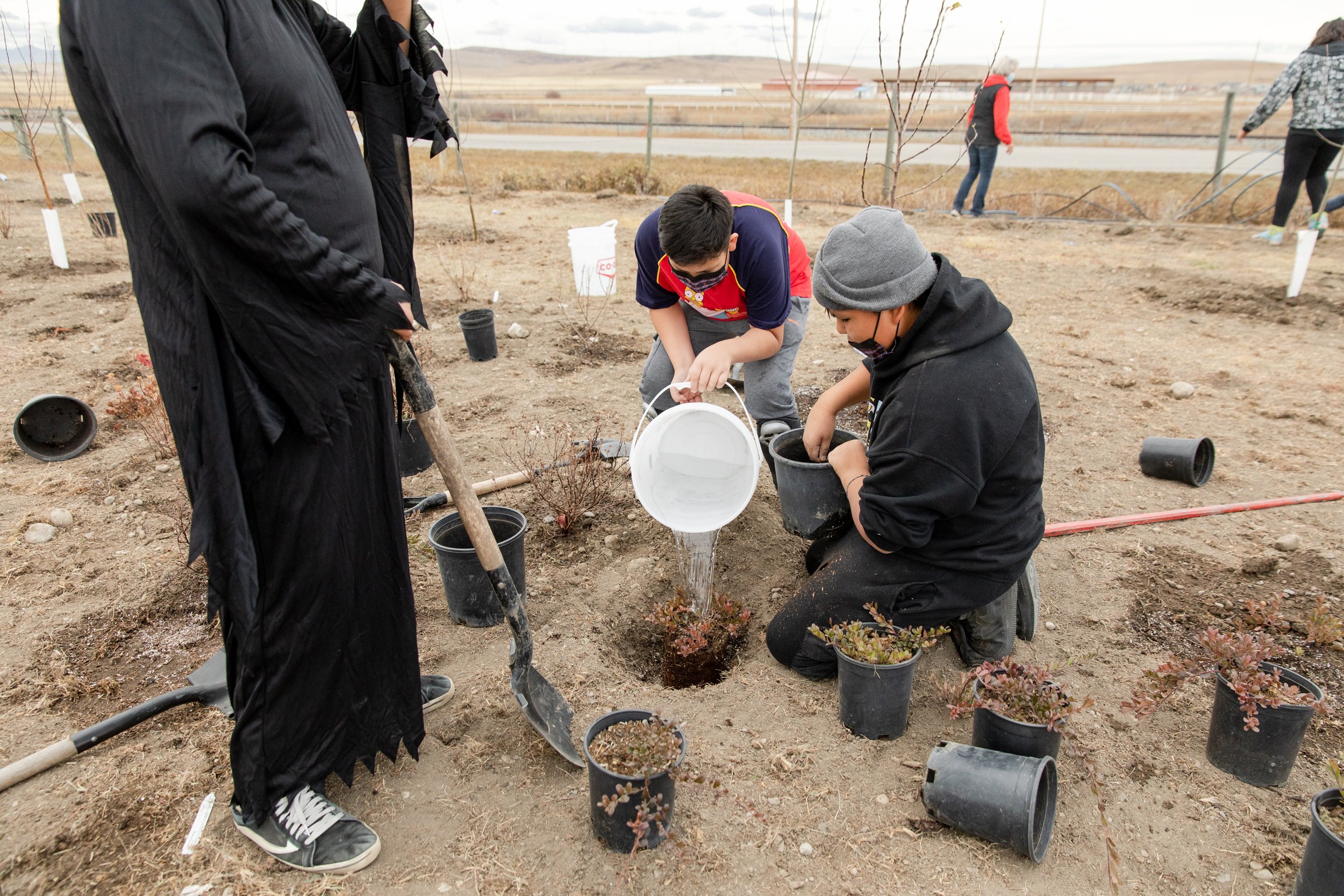
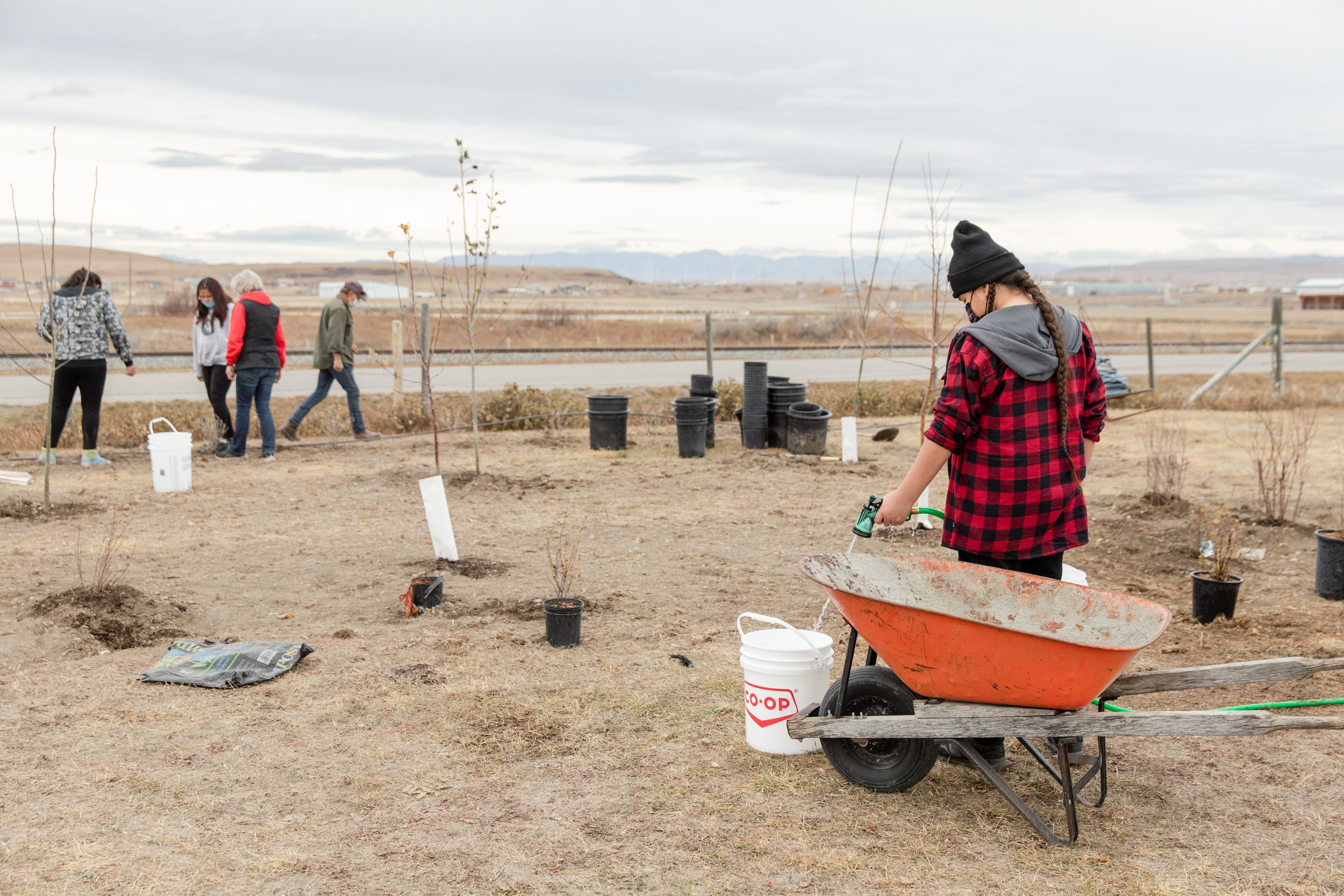
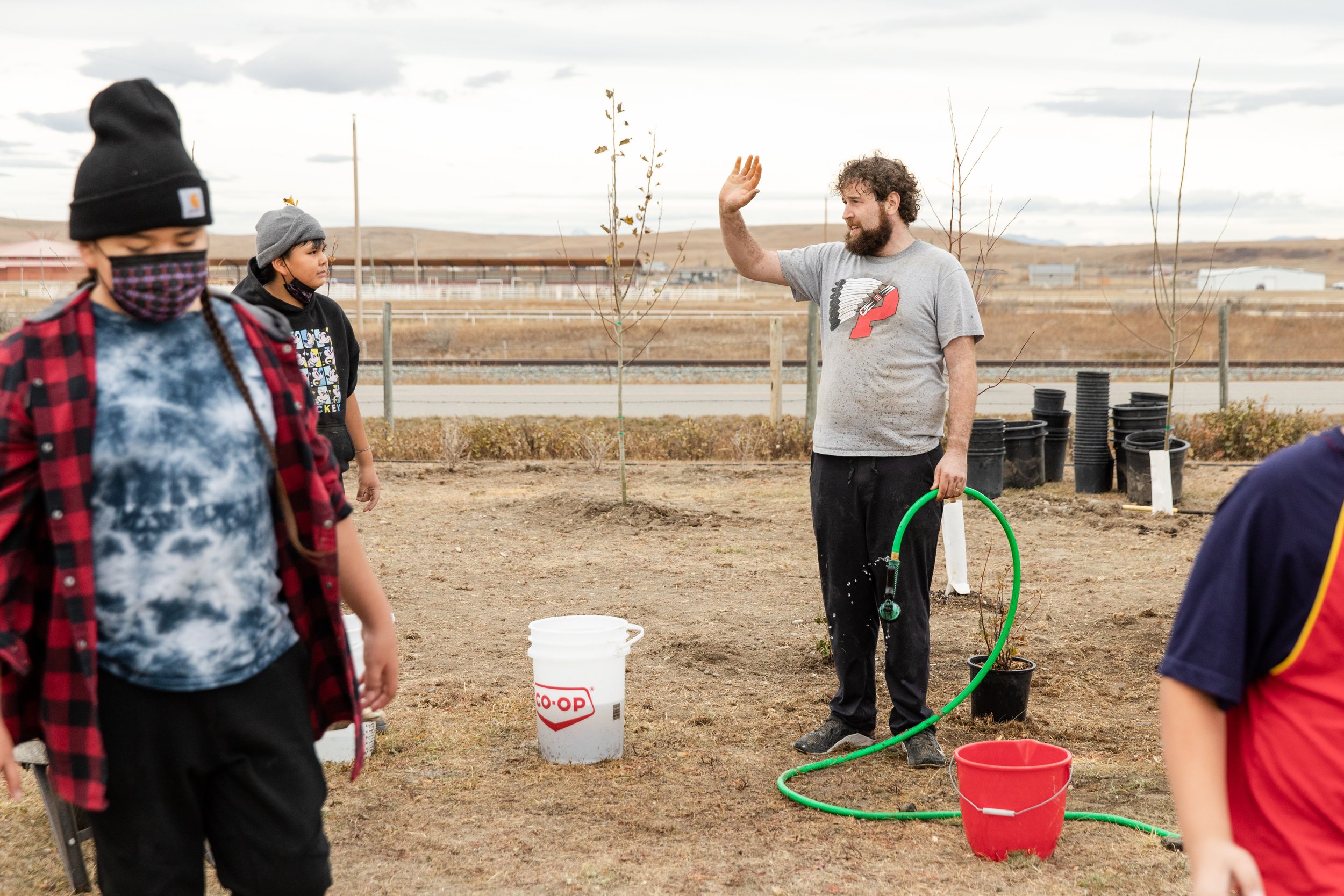
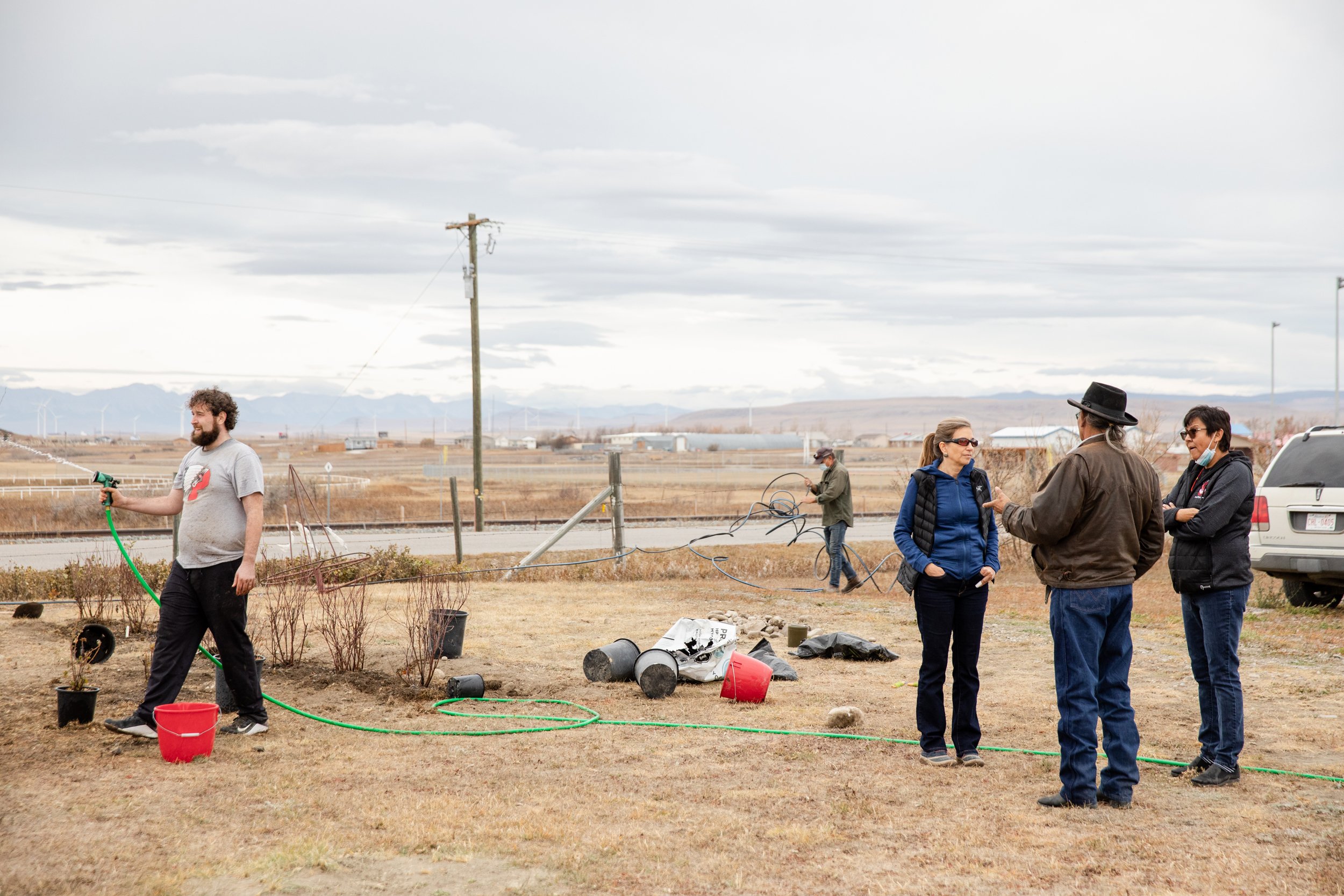

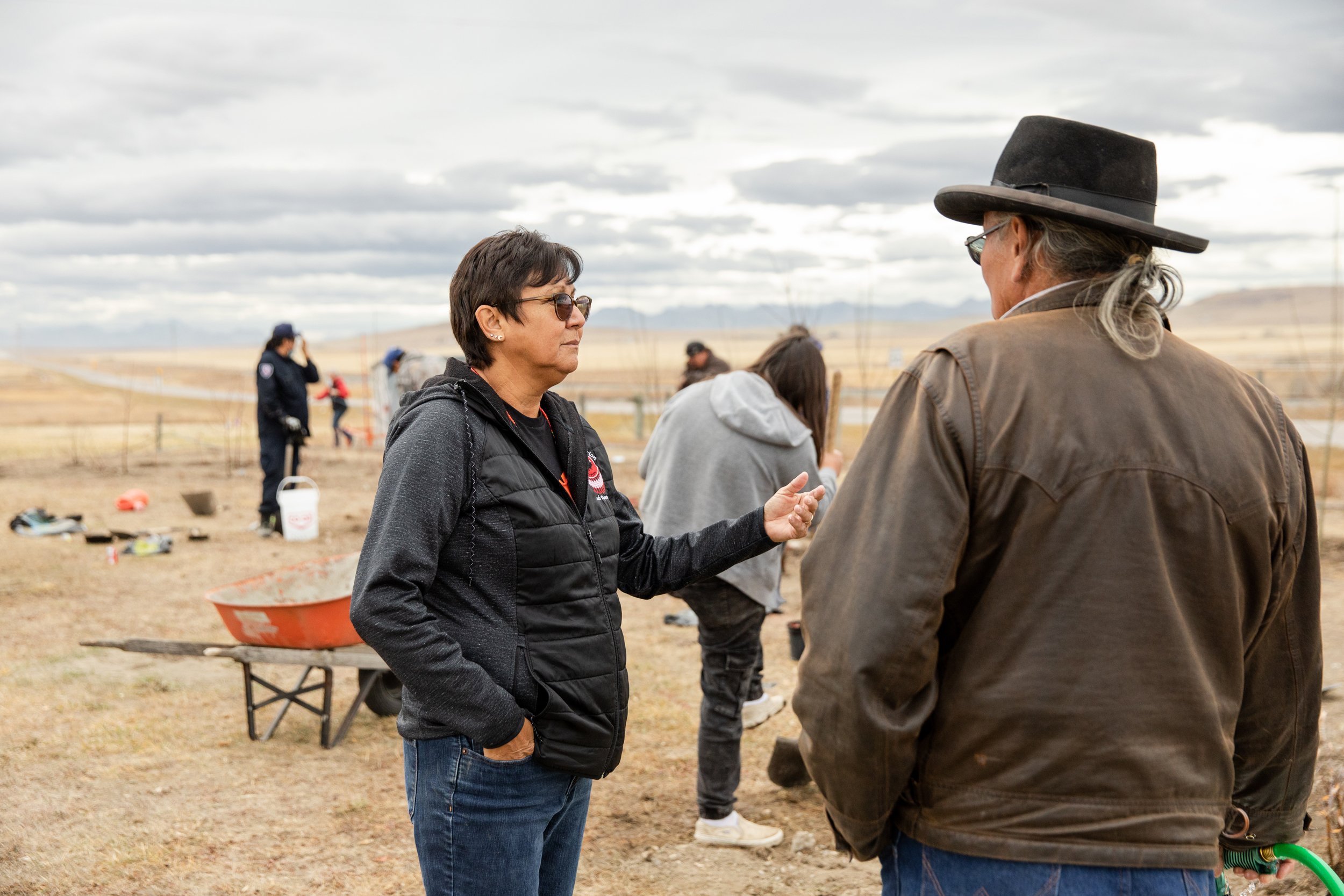

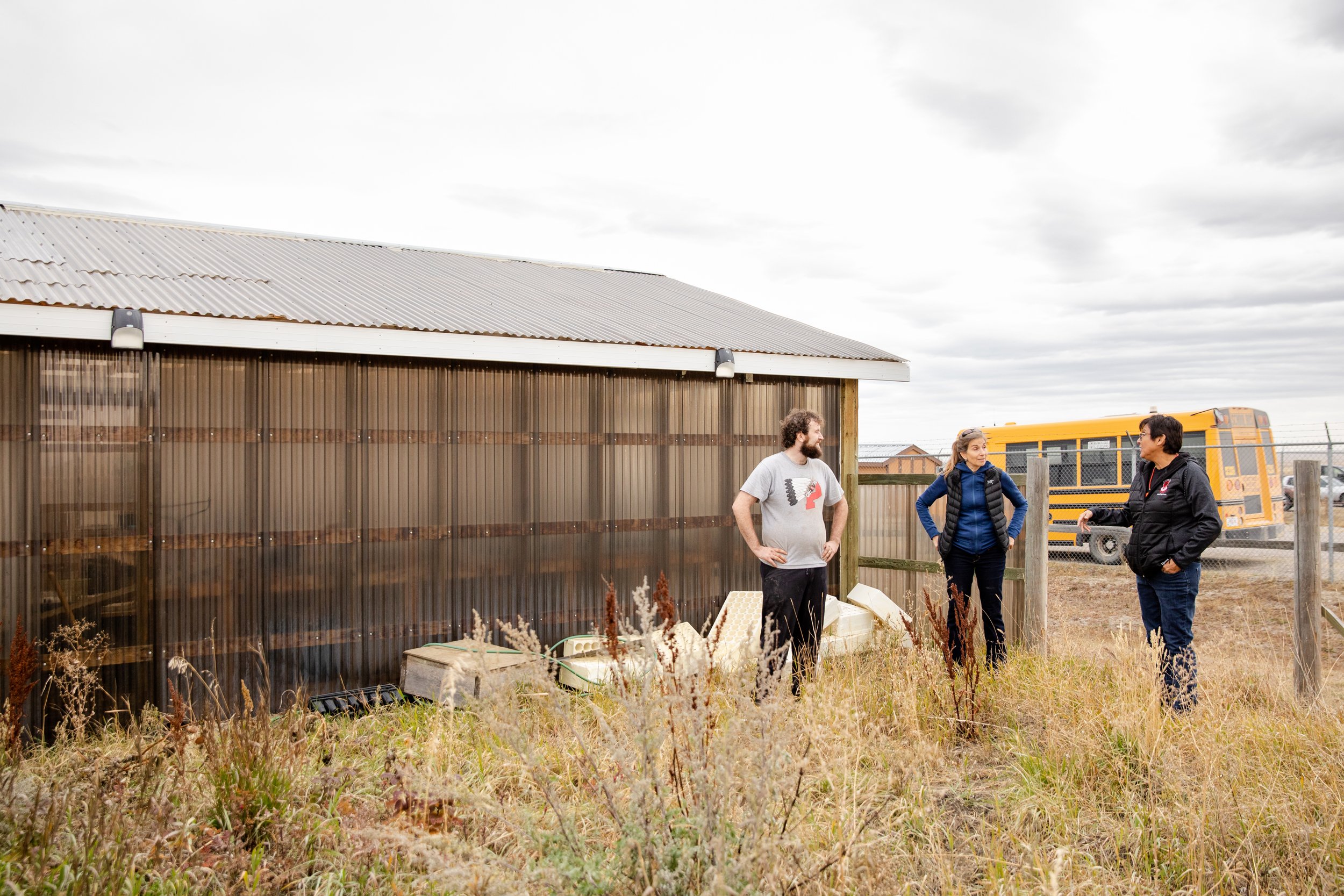
They are certainly making impacts not only for the youth, seniors, and communities they serve but for the overall approach to climate change. The weaving of traditional knowledge with academia and science will be our only way forward.
For more on The Resilience Institute visit their website.



